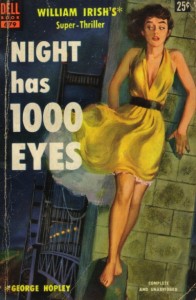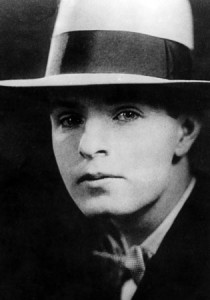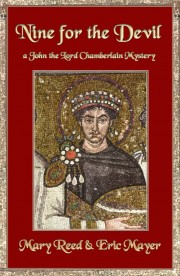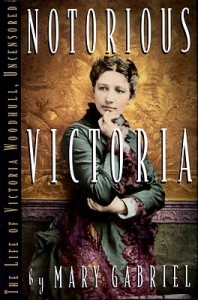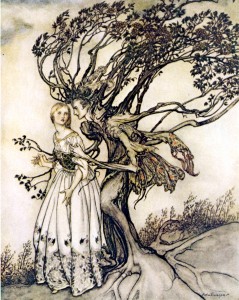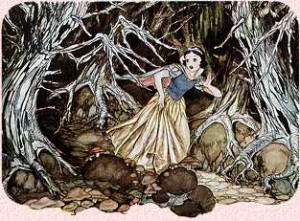
William Zinsser once described the humour section of any given bookshop as the most depressing place in the world to contemplate the state of arts and letters. When Zinsser wrote that essay in 1966, much of the humour section consisted of anthologies of comic strips, bound editions of comic book story arcs, and ‘ slight parodies based on trends that were long on booger jokes and bathroom humour and short on actually literary merit.
With the advent of National Lampoon as an outlet for humour writers who had outgrown their incubation space at Harvard and other college-based humour magazines, trade paperbacks featuring cartoons and parodies began to scoot Charlie Brown and Pogo Possum to the edges of the shelves.
The 1970s’ was a time when the elevation as the comic and humourist from a gadfly observing from the edges to an icon and spokesperson made a significant impact on pop culture. Situation comedies centered around comedians (rather than entertainers who do comedy) began to dominate the network schedules, especially in a culture that had wearied of titillation and violence as prime time mainstays. The close of the decade saw NBC’s Saturday Night Live , with its Second City alumni-heavy cast peppered with contributions from the BBC’s Monty Python crew dominate and reshape the genre in television, cinema, and print.


